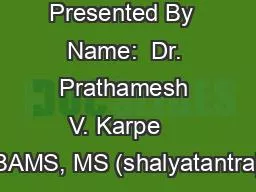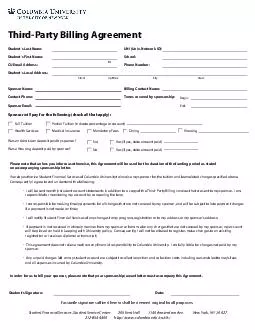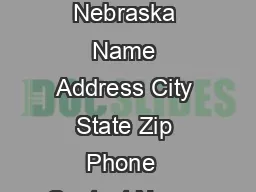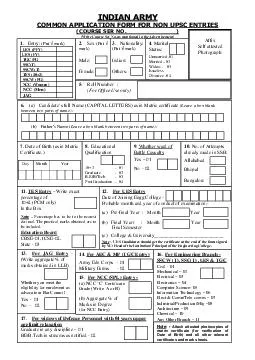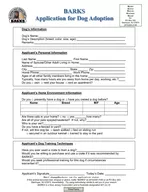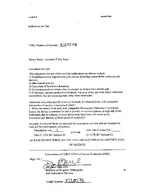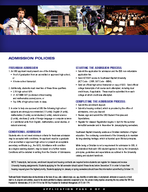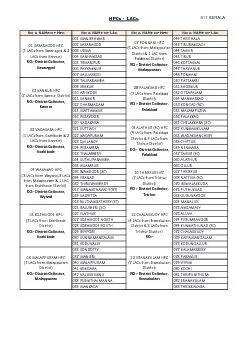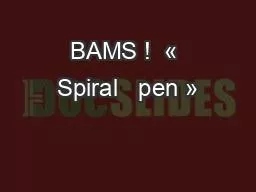PPT-Presented By Name: Dr. Prathamesh V. Karpe BAMS, MS (shalyatantra)
Author : rouperli | Published Date : 2020-11-06
Country INDIA 3 rd International Conference and Exhibition on Traditional amp Alternative Medicine August 0305 2015 Birmingham UK In A ssociation with
Presentation Embed Code
Download Presentation
Download Presentation The PPT/PDF document "Presented By Name: Dr. Prathamesh V. K..." is the property of its rightful owner. Permission is granted to download and print the materials on this website for personal, non-commercial use only, and to display it on your personal computer provided you do not modify the materials and that you retain all copyright notices contained in the materials. By downloading content from our website, you accept the terms of this agreement.
Presented By Name: Dr. Prathamesh V. Karpe BAMS, MS (shalyatantra): Transcript
Download Rules Of Document
"Presented By Name: Dr. Prathamesh V. Karpe BAMS, MS (shalyatantra)"The content belongs to its owner. You may download and print it for personal use, without modification, and keep all copyright notices. By downloading, you agree to these terms.
Related Documents

